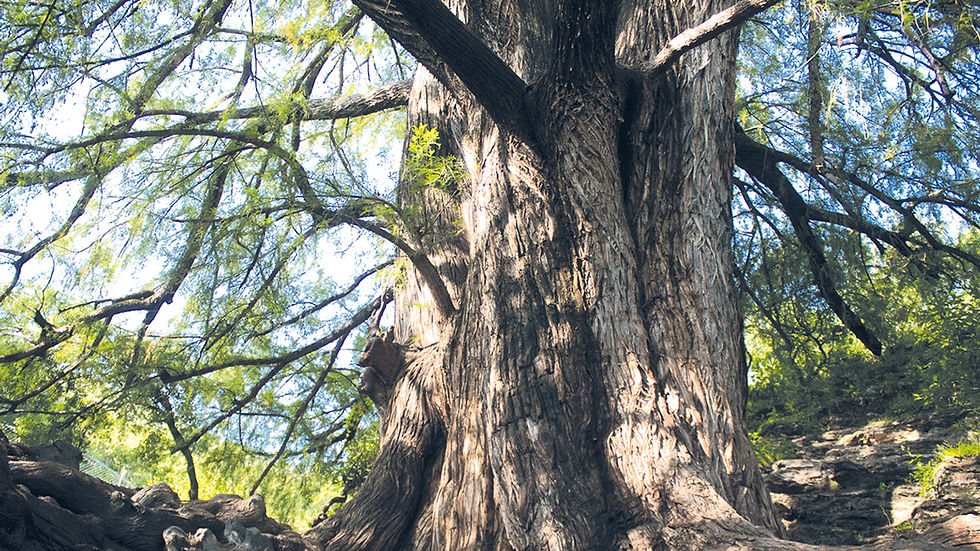Birds Of A Feather: The Little Heron That Wasn’t Blue
- Camie Fenton
- 17 sept
- 3 Min. de lectura

By Bob Graham
In July’s issue, we talked about three of San Miguel’s common White Egrets. This time, we’ll look at another member of the heron family, the Little Blue Heron. Why add a blue colored bird to this group? Because the color description is only true of the mature Little Blue. The immature Little Blue is a similar size, shape and color to a Snowy Egret. Until the first summer of its life, a Little Blue is not blue, it is white. However, where the bill on the Snowy is black, the bill on the Little Blue is blue grey. While the lore (the area around the eye) on a Snowy is yellow, on a Little Blue it is a dull greenish and finally, while the legs on a Snowy are mostly black with yellow feet, a Little Blue’s legs and feet are greenish. Both mature and immature Little Blues have been spotted at the Presa and at the Botanical garden.
Another more common white bird found in San Miguel is the American White Pelican, one of North America’s largest water birds. Despite its large size this pelican migrates very long distances, traveling from Central America as far north as the tundra of Northern Canada where it nests in vast colonies. Its large wingspan allows it to accomplish this feat by letting it to ride thermal currents from the overwintering sites to its breeding territories and back.
The White Pelican prefers freshwater. One of the best places to look for it here is in the Presa Allende, where it can be seen in large numbers in late October and early November, and again in February and March. Unlike the Brown Pelican, it does not dive for food but rather uses its large, spoon shaped bill to scoop fish and other aquatic life. One interesting feature of its pale orangish bill is the plate that grows in both males and females, about a third of the way up from the tip of the upper bill. It is thought that this plate is used to signal the readiness for breeding. It drops off after egg laying. Of the eight species of pelicans, the American White is the only one to grow this fibrous plate. As its northern migration is about to begin, the growth of these plates can be seen on some but not all Whites. Consequently, a flock may include some birds with no plate, some with small plates and others with fairly large ones. On the breeding grounds, these plates become gnarly, and the color of the bill and feet becomes a vibrant orange.
As the name implies, the White Pelican is white and while it is at rest on the water that is the only color visible. However, when it lifts its wings or is in flight, the primary feathers visible along the back edges of the wings are black from the tips up almost to its body. In flight and at a distance you sometimes see a bird that appears to be a White Pelican but in fact is the Wood Stork. This is not the species that is mythically the deliverer of babies.
That would be the White Stork of Europe and Asia. Rather, the Wood Stork is a species native to the subtropics and tropics of the Americas where it persists in habitats of fluctuating water levels. That makes it easier for them to prey on fish as the waters recede. It is the only stork that breeds in North America. Look for them in the Presa Allende where they can often be seen roosting in the trees by the water.
The head and neck of an immature Wood Stork is feathered but not so in an adult, instead, the head and neck of an adult bird is featherless, with a scaly, dark gray appearance except for the top of the head which is cream colored. With its bald head and soring flight, this stork is easily mistaken for a vulture.
The Wood Stork is mostly white but in flight, similar to White Pelicans, the trailing edges of its large wings are black. Its large bill is decurved similar to Ibis, which led earlier observers to incorrectly classify it in that family, calling them Wood Ibis, which we now know they are not.
To get out onto the Presa, contact Kayak with Amigos de la Presa at amigosdelapresaeventos@gmail.com
They take groups out Wednesday mornings.
.png)








Comentarios